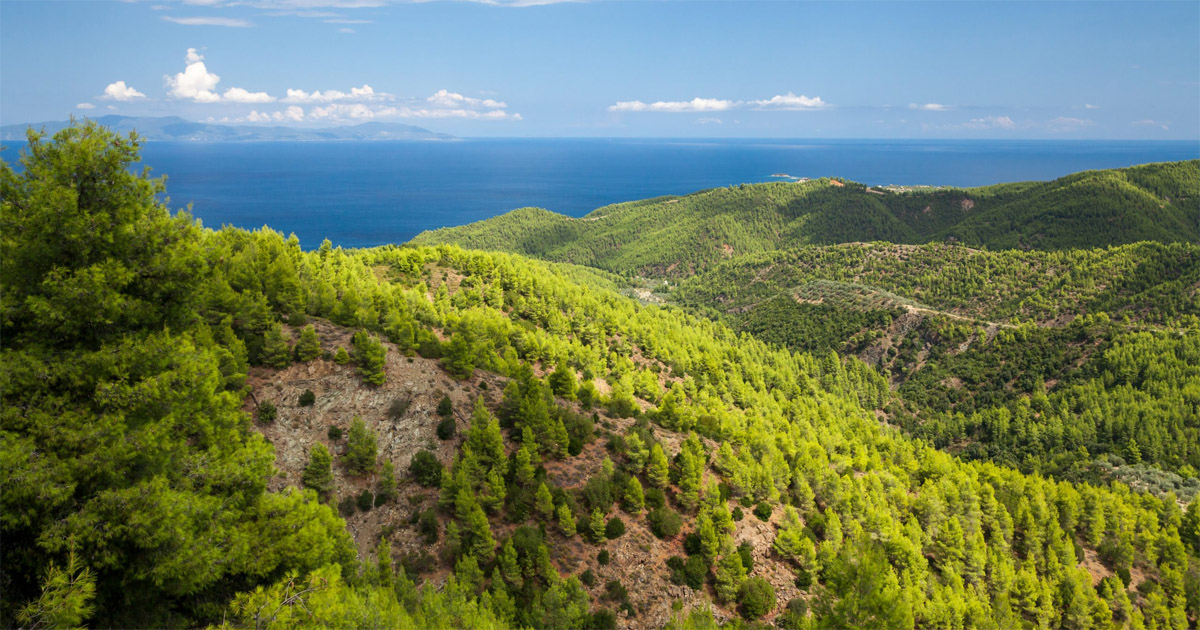Water-to-air carbon dioxide fluxes from tropical coastal waters are an important but understudied component of the marine carbon budget. Here, we investigate drivers of carbon dioxide partial pressure (pCO2) in a relatively pristine mangrove-seagrass embayment on a tropical island (Bali, Indonesia). Observations were performed over eight underway seasonal surveys and a fixed location time series for 55 h. There was a large spatial variability of pCO2 across the continuum of mangrove forests, seagrass meadows and the coastal ocean. Overall, the embayment waters surrounded by mangroves released CO2 to the atmosphere with a net flux rate of 18.1 ± 5.8 mmol m-2 d-1. Seagrass beds produced an overall CO2 net flux rate of 2.5 ± 3.4 mmol m-2 d-1, although 2 out of 8 surveys revealed a sink of CO2 in the seagrass area. The mouth of the bay where coral calcification occurs was a minor source of CO2 (0.3 ± 0.4 mmol m-2 d-1). The overall average CO2 flux to the atmosphere along the transect was 9.8 ± 6.0 mmol m-2 d-1, or 3.6 × 103 mol d-1 CO2 when upscaled to the entire embayment area. There were no clear seasonal patterns in contrast to better studied temperate systems. pCO2 significantly correlated with antecedent rainfall and the natural groundwater tracer radon (222Rn) during each survey. We suggest that the CO2 source in the mangrove dominated upper bay was associated with delayed groundwater inputs, and a shifting CO2 source-sink in the lower bay was driven by the uptake of CO2 by seagrass and mixing with oceanic waters. This differs from modified landscapes where potential uptake of CO2 is weakened due to the degradation of seagrass beds, or emissions are increased due to drainage of coastal wetlands.
Download:
DOI:
https://doi.org/10.1016/j.csr.2018.10.008
Altmetric score:
Dimensions Citation Count:

























